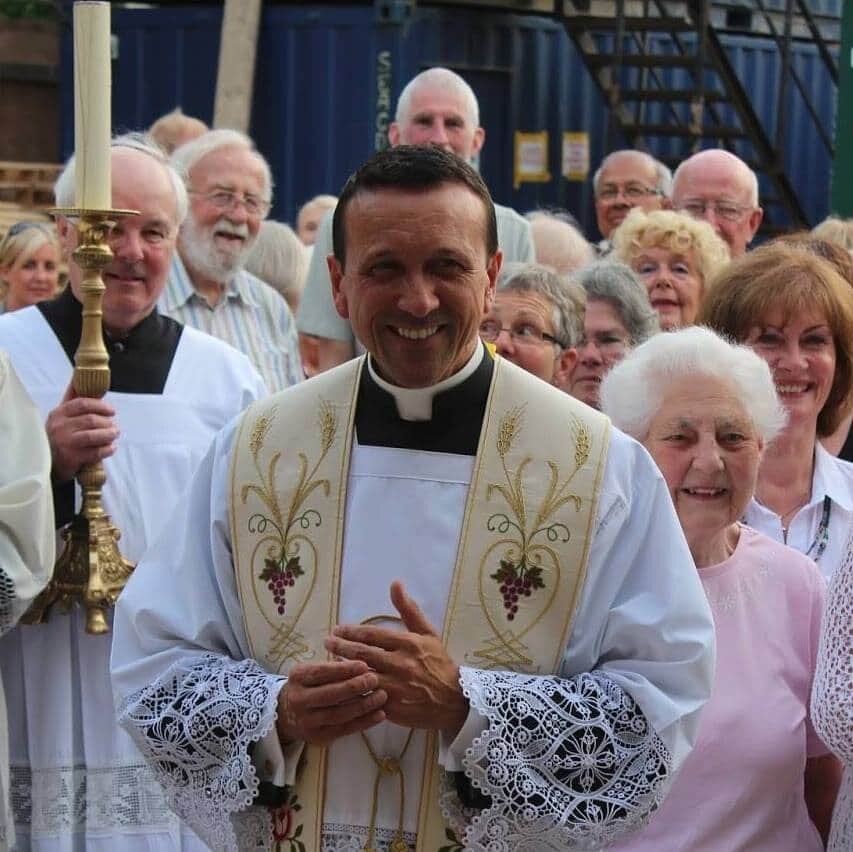Chapter three: “Looking to Jesus: The vocation of the family” (58-88)
The third chapter is dedicated to some essential elements of the Church’s teaching on marriage and the family. This chapter is important because its 30 paragraphs concisely depict the vocation of the family according to the Gospel and as affirmed by the Church over time. Above all, it stresses the themes of indissolubility, the sacramental nature of marriage, the transmission of life and the education of children. Gaudium et Spes of Vatican II, Humanae Vitae of Paul VI, and Familiaris Consortio of John Paul II are widely quoted.
The chapter provides a broad view and touches on “imperfect situations” as well. We can read, in fact: “‘Discernment of the presence of ‘seeds of the Word’ in other cultures (cf. Ad Gentes 11) can also apply to the reality of marriage and the family. In addition to true natural marriage, positive elements exist in the forms of marriage found in other religious traditions’, even if, at times, obscurely” (AL 77). The reflection also includes the “wounded families” about whom the Pope – quoting the Final Report of the 2015 Synod extensively – says that “it is always necessary to recall this general principle: ‘Pastors must know that, for the sake of truth, they are obliged to exercise careful discernment of situations’
(Familiaris Consortio, 84). The degree of responsibility is not equal in all cases and factors may exist which limit the ability to make a decision. Therefore, while clearly stating the Church’s teaching, pastors are to avoid judgements that do not take into account the complexity of various situations, and they are to be attentive, by necessity, to how people experience and endure distress because of their condition” (AL 79)
Cont’d next week …
